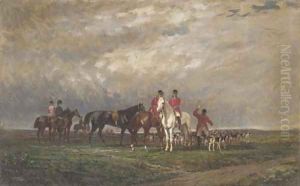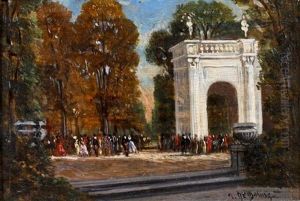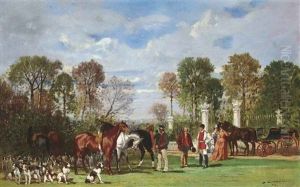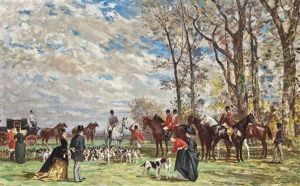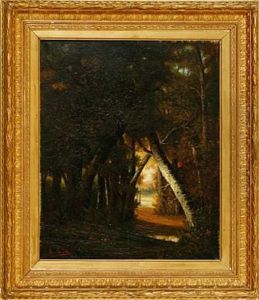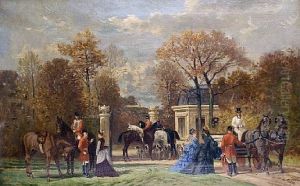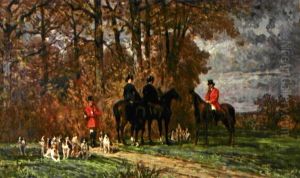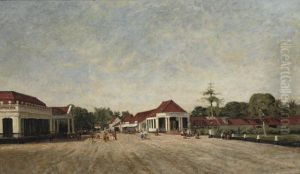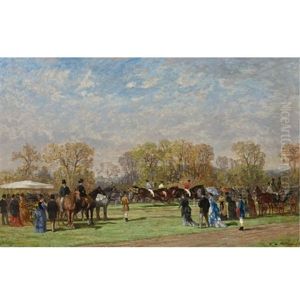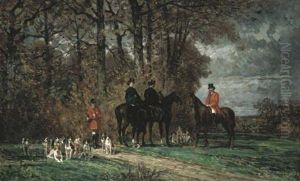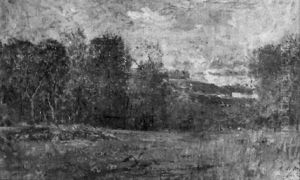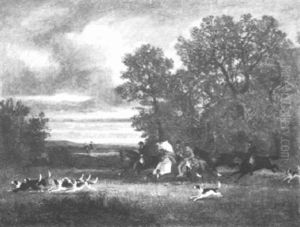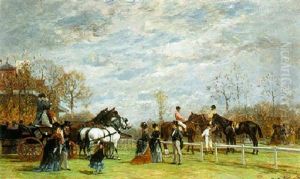Auguste De Molins Paintings
Auguste-Hyacinthe Debay, known as Auguste De Molins, was a 19th-century French sculptor and painter. Born on April 26, 1813, in Nantes, France, De Molins is often remembered for his sculptural works that exhibit the romantic spirit of the era. Not much is known about his personal life, as he did not achieve the same level of fame as some of his contemporaries.
De Molins studied at the École des Beaux-Arts in Paris under the tutelage of renowned sculptors such as François-Joseph Bosio and James Pradier. His education in these prestigious institutions allowed him to develop a classical style infused with romantic sensibilities, which was characteristic of the period.
Throughout the 1830s and 1840s, De Molins produced a variety of works, including statues, busts, and reliefs. One of his notable works includes a marble statue of 'Hyacinth', which reflects his skill in carving and his ability to capture emotion and movement within the medium. He also participated in the Salon, the official art exhibition of the Académie des Beaux-Arts in Paris, where he would have had the opportunity to exhibit his works alongside those of his peers.
Unfortunately, De Molins' career was cut short when he died in 1848, at the age of 35. The cause of his death is not widely documented, which is indicative of the relative obscurity surrounding his life and work. Despite his early death, De Molins contributed to the rich tapestry of French sculpture during a period marked by a transition from neoclassicism to romanticism. His works, while not as well-known as those of some of his contemporaries, reflect the artistic trends and techniques of his time.
After his death, De Molins' legacy lived on through the appreciation of connoisseurs and collectors who valued the romantic ideals embedded in his sculptures. While not a household name, his artistic contributions remain a part of the study of French romantic sculpture, offering insight into the lesser-known artists of this vibrant period in art history.
